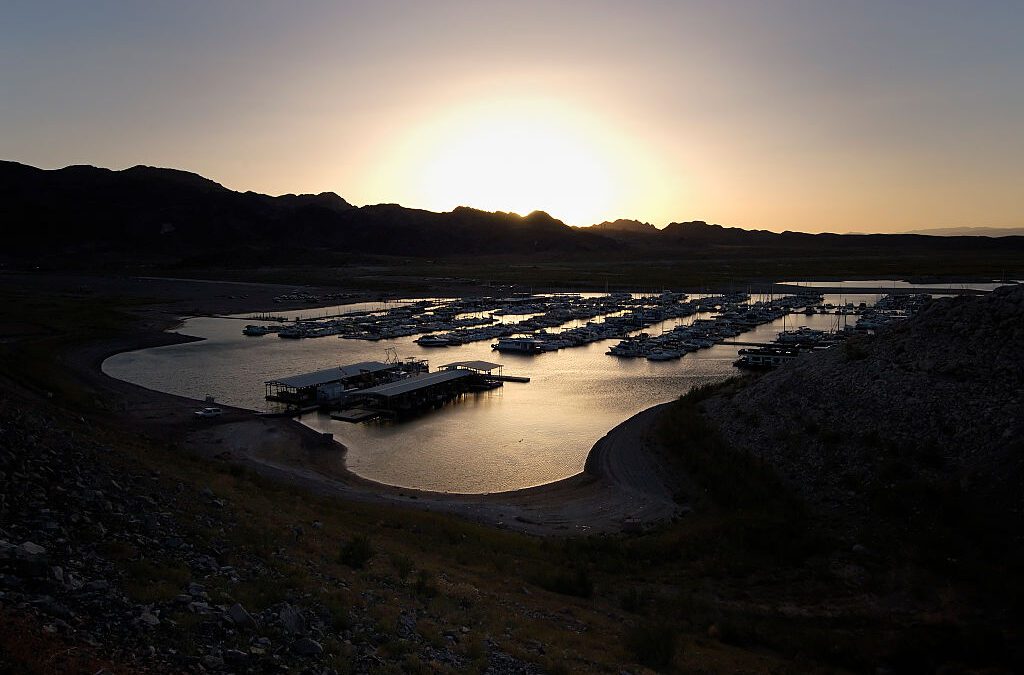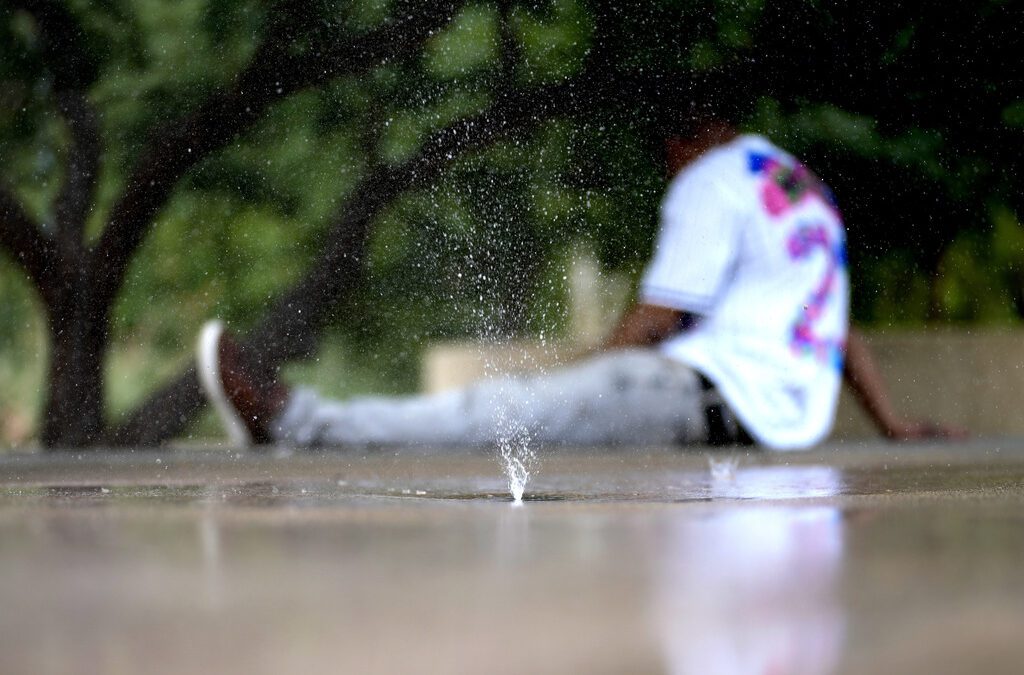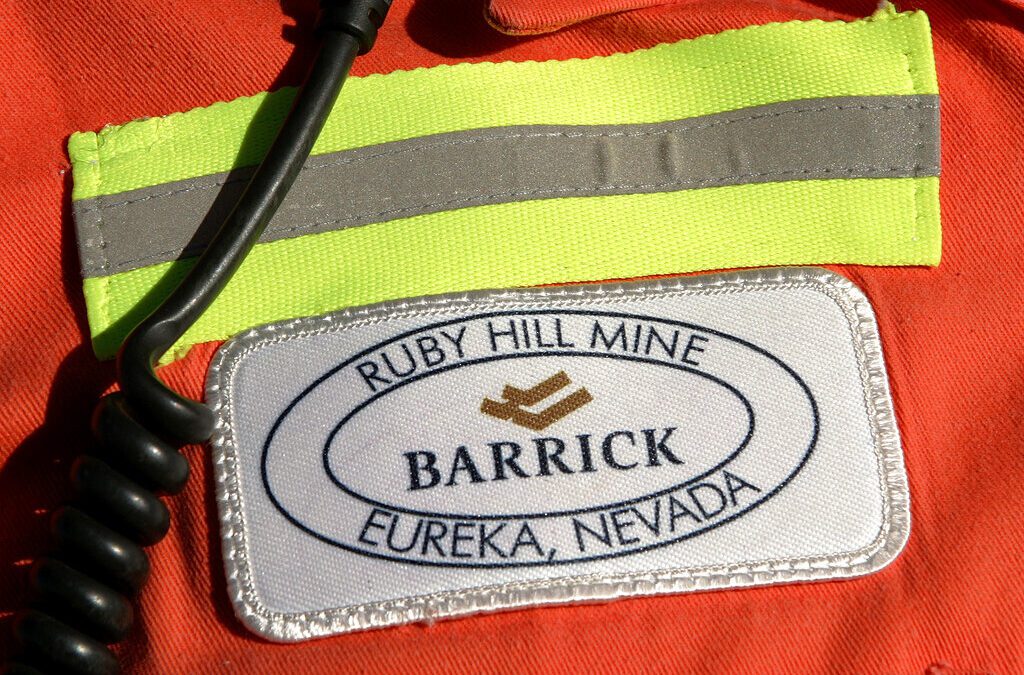
Flames rise from the York Fire on Ivanpah Rd. on Sunday, July 30, 2023, in the Mojave National Preserve, Calif. Crews battled “fire whirls” in California’s Mojave National Preserve this weekend as a massive wildfire crossed into Nevada amid dangerously high temperatures and raging winds. (AP Photo/Ty O'Neil)
A wildfire that ignited in California and spread to Nevada is finally contained, but not without some health risks for Southern Nevada residents.
The York Fire began in San Bernardino County on July 28 before burning through 8,288 acres of the Mojave National Preserve in Clark County, including a grove of rare Joshua Trees.
On July 31, an air quality index report from the United States Environmental Protection Agency showed an air quality score of 128 in Las Vegas and 116 in Boulder City. Both scores are considered unhealthy levels for sensitive groups, such as those with lung diseases, older adults, and those who are active outdoors.
Though the wildfire was 93% contained as of August 6, the threat of more Nevada wildfires isn’t extinguished.
The National Interagency Fire Center predicts an above normal chance for significant wildfires in northwest Nevada through October.
Wetter than usual weather in June delayed the start of fire season across the Great Basin this year. As a result, the season started later and will either be shorter than normal or extend later into the year.
In years coming out of a drought, the lower elevations of Nevada tend to see an increase in fires and acres burned. This is exacerbated when a very wet year follows an average or wet winter the year before.
The NIFC predicts that fire activity may return to normal, region wide, by October and November.
NOTE: May through October is recognized as Wildfire Awareness Season throughout Nevada.
Clark County’s fire department and the fire districts of Mount Charleston and Moapa Valley are working with other local, state, and federal agencies to support public awareness throughout vulnerable communities in Clark County. These include Kyle Canyon, Lee Canyon and Cold Creek at Mount Charleston, Mountain Springs, Trout Canyon, Blue Diamond, Nelson, Goodsprings, Moapa, Sandy Valley, and Searchlight.
In Northern Nevada, the Bureau of Land Management, Nevada Division of Forestry, and U.S. Forest Service, the University of Nevada, and Reno Extension Living With Fire program are collaborating with local, state, and federal firefighting agencies to support awareness in the region.
Nearly 85% of wildfires nationwide are caused by humans, according to the National Park Service. These fires often result from unattended campfires, the burning of debris, equipment malfunctions, negligently discarded cigarettes, or intentional acts of arson.

Condena Chispa Nevada el retiro de apoyo en su pago de electricidad a familias de bajos ingresos
Chispa Nevada condena que la administración Trump retire ilegalmente el financiamiento del programa de Nevada para reducir las facturas de...

Biden admin moves to shield Nevada public lands from mining with support of tribes, local leaders
In one of President Biden’s last moves in office, his administration has moved to protect 269,000 acres of public land in Nevada from a proposed...

Many fear help for Nevada water conservation will dry up under Trump
Despite billions from the Inflation Reduction Act going to benefit Nevada, President-elect Donald Trump and conservative fiscal hawks may pursue a...

Grant from Biden infrastructure law to help install 185 EV charges around Las Vegas valley
A $3.2 million grant from the US Department of Transportation will help fund and install electric vehicle charging stations in primarily...

Almost 500 people have died from extreme heat in Las Vegas in 2024, officials say
Factors relating to extreme heat accounted for 491 deaths and more than 3,500 emergency room visits, according to Clark County officials, as Las...

Nevada gold mining venture selected for $95M solar project
After being awarded a federal grant to help decarbonize the mining industry, Nevada Gold Mines hopes to build two on-site solar panel and battery...





